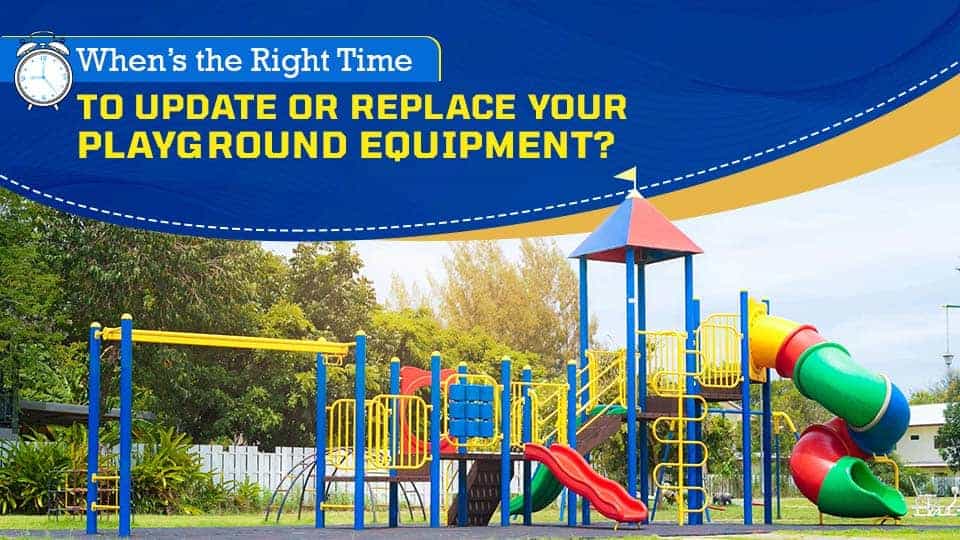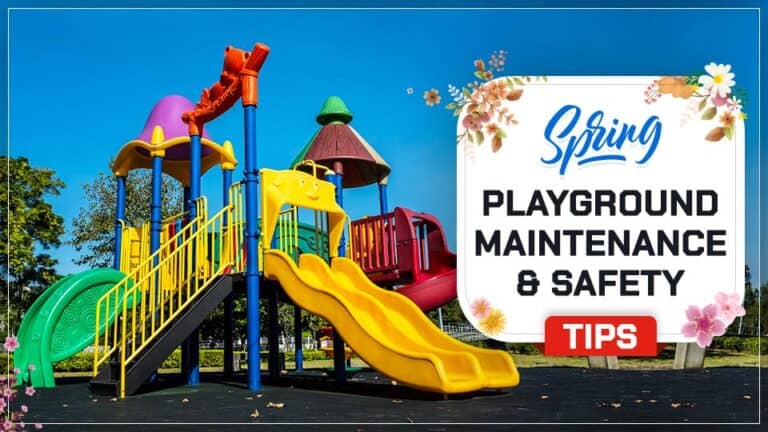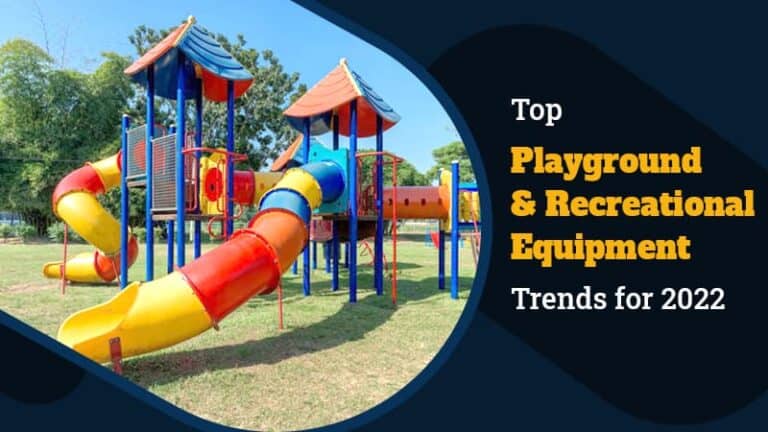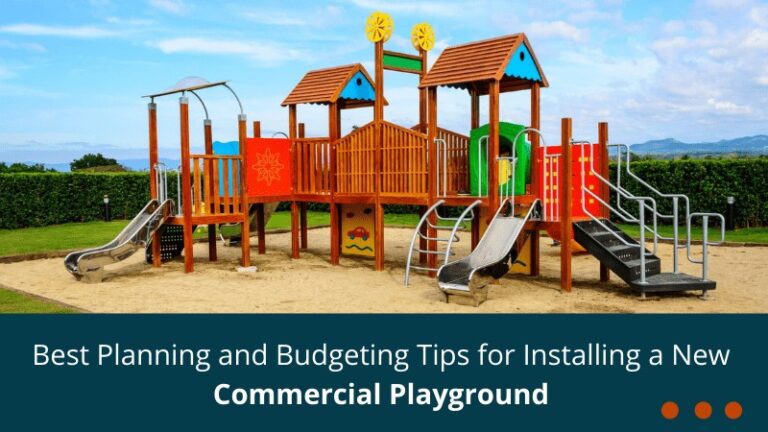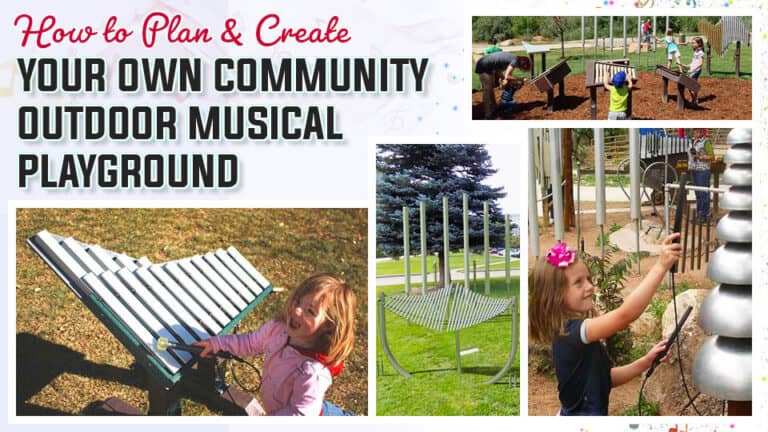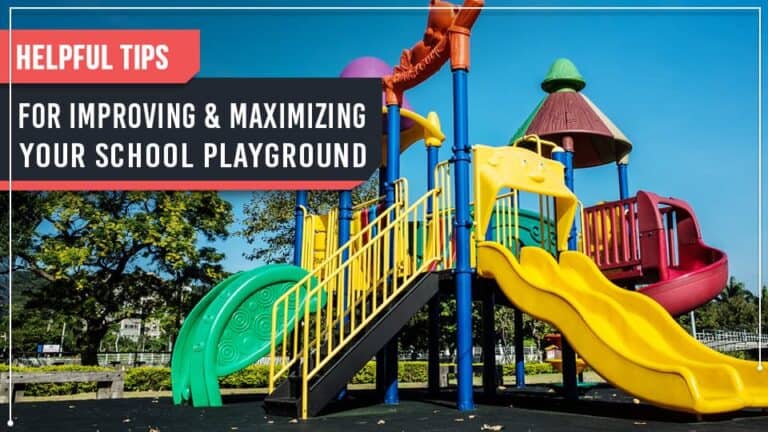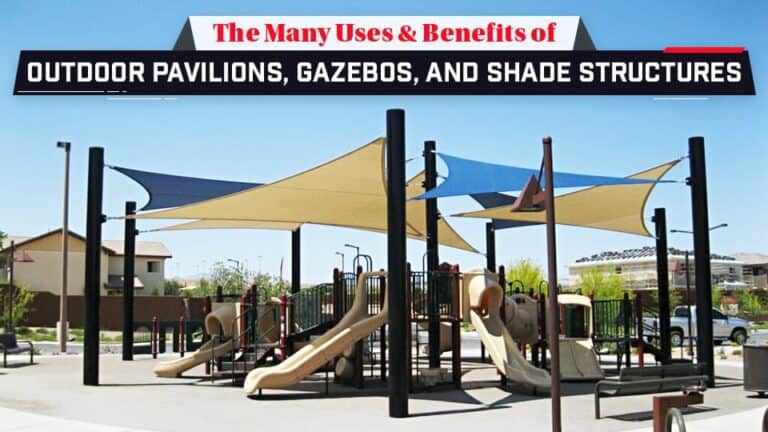When’s the Right Time to Update or Replace Your Playground Equipment?
Providing a Playground for Children to Enjoy Is a Good Move
If you lead a school, preschool, or childcare center, then providing your students with daily outdoor physical activity opportunities is actually a legal requirement in most states, weather permitting. But aside from the legal ramifications of operating an educational institution, offering the right playground environment is a good move for any nonprofit (or even for-profit) organization. Playgrounds help to serve a crucial role in the growth, engagement, and development of children of all ages, and the list of documented benefits is long. The correct playground equipment encourages outdoor play, helps to improve children’s physical, mental, & social skills, inspires creativity, and also offers enhanced learning opportunities for educational settings in particular.
All that being said, how do you know when’s the right time to consider updating your older playground equipment? Honestly, the best time to raise that question for your organization is right now, starting by conducting a proper inspection of your equipment.
Check the Condition of Your Playground Equipment
Regular inspection and maintenance of your playground and surrounding area are both important and necessary in the interests of safety. While commercial playground equipment is built to be more rugged and long-lasting than ordinary backyard play equipment, you should still give your playground facility a thorough inspection at least once a year. Here are a few things you’ll want to put on your inspection checklist:
1. Look for equipment damage
Visible damage is pretty easy to spot around swing seats but may take a bit more looking to find on some other types of playground equipment. Any broken, cracked, ripped, or torn items you find should be removed immediately. Better to leave those spaces open than to risk an injury. Reach out to your commercial playground equipment partner to schedule a replacement installation for your broken components.
2. Inspect for wear-and-tear issues
If you have any wooden play components, cracks aren’t the only thing to look for. It’s also important to check the finish of the wood to make sure no splinters have developed. While commercial plastic and vinyl features shouldn’t splinter, it’s possible that the finish of some areas could start to feel a little rough after time and frequent usage. Sand and refinish any areas which are splintered and/or rough. Check your metal features for rust, too. If you happen to find any instances of surface rust, those areas will need to be sanded and refinished as well.
3. Locate any sharp edges or protrusions
Any sharp edges or protruding points are definitely issues you’ll want to flag on your playground features. Sharps and protrusions are hazards in any environment and can be especially dangerous on playgrounds. Be sure to address any issues you find immediately.
4. Check the hardware, connections, and anchors
Be sure to examine your swingset chains, along with any other hangers, fasteners, and hardware present on your playground equipment. Make sure bolts are snug and secure; if they aren’t, you’ll need to tighten them. If any hardware or connectors are missing or damaged, these should be replaced at once. Also, make sure that every play element is properly anchored to the ground, with no obvious wiggle or give.
Pro tip: The manufacturer’s recommendations for certain types of playground equipment have very specific torque guidelines for securing nuts, bolts, etc. If you aren’t sure what those requirements are for your equipment or don’t have the tools to torque playground equipment fasteners properly, it’s best to leave that task to a professional. Just connect with the team at Carolina Recreation & Design if you have a specific question or concern.
5. Do a quick sweep of the playground area
Whenever doing any type of inspection or maintenance of your playground equipment, it’s also a good idea to do a quick survey of the playground area itself. Pick up any and all trash or fallen debris, and remove it from the area. This will improve the appearance of your playground for visitors, but more importantly, it serves the child safety function of removing possible trip or injury hazards.
6. Measure & inspect your safety surfacing
You’re not finished with your playground inspection until you check the depth and condition of your safety surfacing. The required depth really depends upon your particular safety surfacing material and product design. For example, loose-fill wood fiber material needs to be significantly deeper than formed rubber products. Loose-fill surfacing should also be raked and fluffed on a regular basis to reduce compaction and help prolong the life of your material.
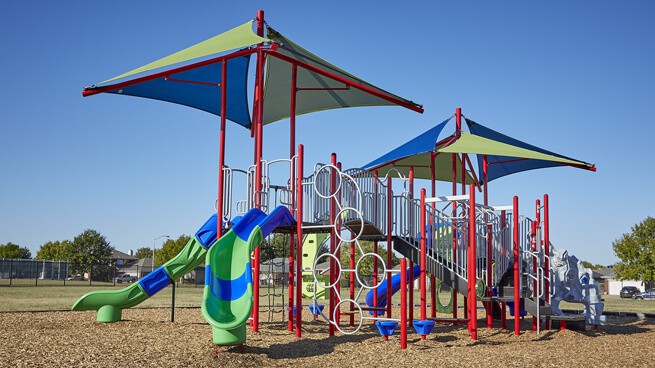
Other Good Questions to Ask about the State of Your Current Playground
After you assess the condition of your equipment and playground area, there are a few other key considerations to keep in mind as you’re considering what equipment replacements to make and what new play features you might want to add:
1. Who actually uses your playground?
Are all who set foot on your playground taking full advantage of your facility? If not, why not? Start by looking at who your playground equipment is actually designed for and whether it’s really designed to meet the needs of your target audience.
2. Who does your current playground engage the least?
Go deeper with your discovery. For example, are your monkey bars too high for kindergartners to reach and use safely? That’s fine if you don’t have any preschoolers, but if you do, then it may be time to reassess your playground design.
3. Can you make your playground more accessible?
It’s not just about age; it’s also about ability levels. Is your playground wheelchair-friendly? What about children with other physical or developmental challenges? There are steps you can take to make any playground more accessible.
4. How safe is your safety surfacing?
Are you still using basic wood chips or mulch for safety surfacing? These are neither wheelchair-friendly nor walker-friendly, and they don’t provide the best safety value either. There are other surfacing alternatives available that are actually safer and more ADA-accessible.
5. Does your playground feature modern equipment that’s in line with current user interests?
When it comes to your playground, there are classic, ageless favorites, but there may also be some equipment that’s just become old, worn-out, and outdated. There are lots of modern playground equipment products now available which have been demonstrated to engage today’s children on multiple levels.
Carolina Recreation & Design Provides Complete Playground Solutions
We hope you find these tips to be helpful as you evaluate the current state of your playground! But we also understand that you may go through both sets of these playground inspection and playground discovery questions we’ve provided and still have some questions afterward. But here’s the good news – if you’re located in North Carolina, South Carolina, Virginia, or Tennessee, the pros at Carolina Recreation & Design have you covered!
Not only can we help answer your questions, but we also offer an amazing selection of commercial playground designs and structures, including complete installation services. And beyond playground equipment, we also provide everything from safety surfacing, to fabric sunshades, to outdoor seating, to essential site amenities, and much more. In addition, we’re also general contractors, so we can take care of your site design, site prep, wiring, plumbing, and landscaping needs too.
Ready to get started? Just give us a call at (704) 664-1833! Or, if you prefer, you can also connect with us online through this simple form. Reach out to one of the friendly specialists at Carolina Recreation & Design today!

